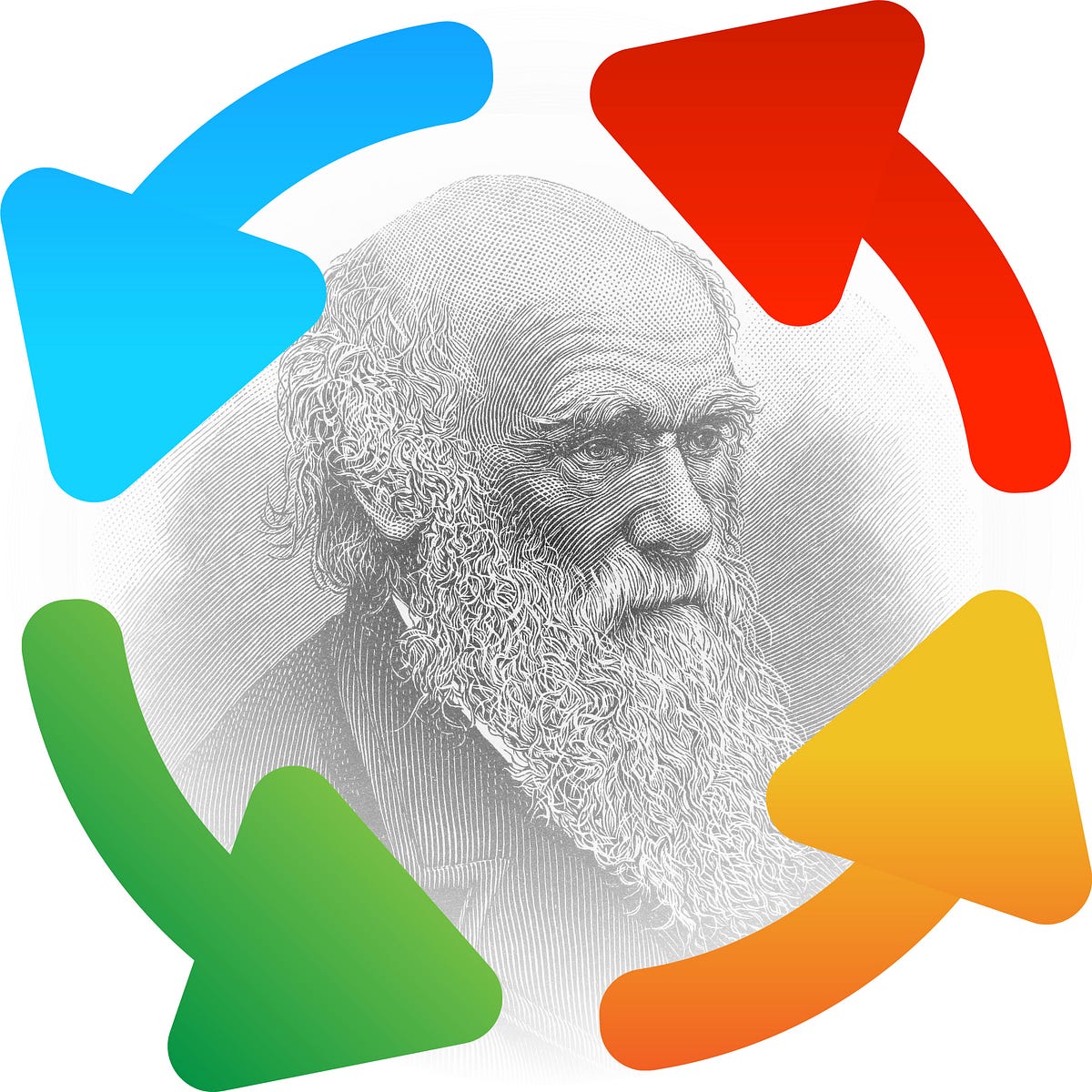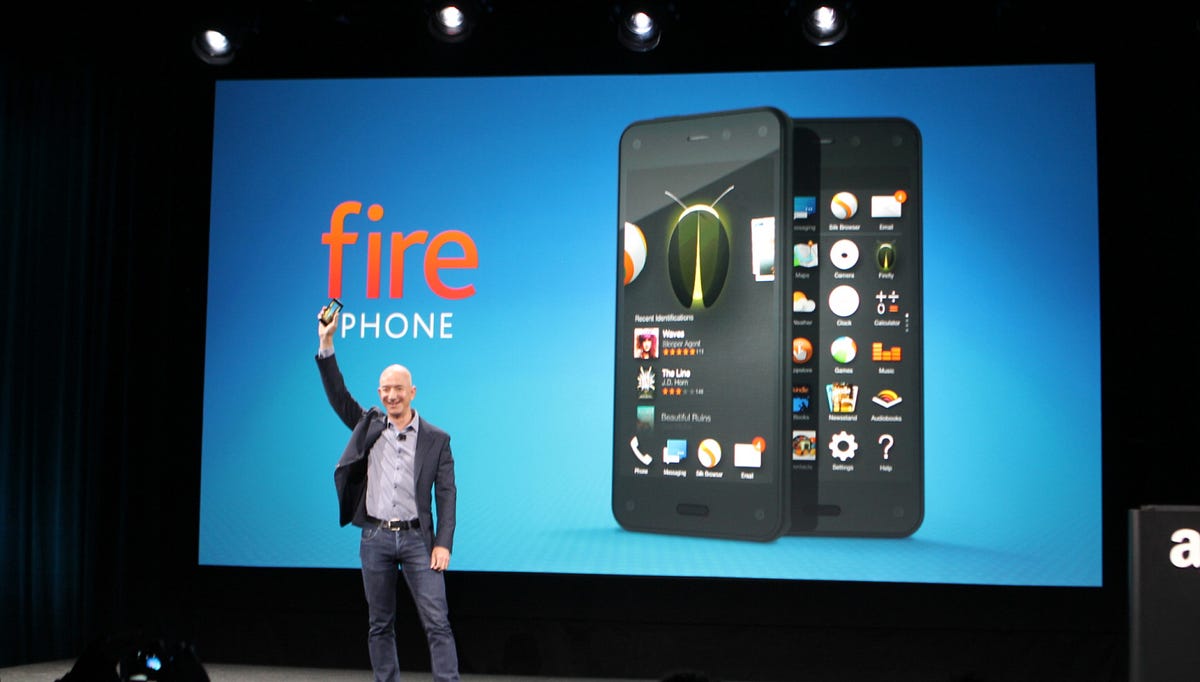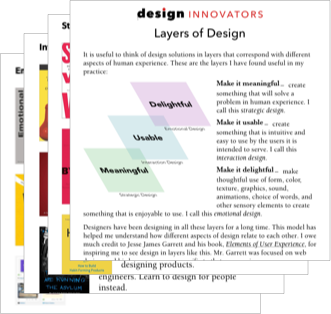Iteration is not design – The Design Innovator – Medium
Debunking design Darwinism

Product managers beware!
In some reaches of the product development world there is a fascination with the idea that products can nearly design themselves through an iterative process of development, testing, and incremental improvement. This is what I call “design Darwinsm.” Design Darwinism often enters the product development conversation as an extension of a Lean, Agile, data-driven, or A/B testing framework.
The prospect of great products arising out of a primordial soup of nebulous product ideas and gradually evolving into great products without the need of designers is a stirring notion for some. The problem is, it doesn’t work. You can’t design by iteration and incremental improvement. There is no such thing as design Darwinism in the real world (except that which brings about the extinction of poorly-designed products).
Google: the grand experiment in design Darwinism
Google has famously rolled out dozens of “beta” releases, apparently hoping that iteration would turn them into great products. This massive, expensive, and ongoing experiment with the engineer-and-iterate approach to product development has not led to a portfolio of great products, but to a graveyard of failed ones. Remember these?

I believe these products failed because Google thinks great design can be achieved through iteration. Google (now Alphabet) could be regarded as the world’s greatest laboratory for design Darwinism with its tremendous resources and its engineering-led product management processes. But can you name any great, innovative product that has emerged from its iterative processes?
Yes, Google is extremely successful, and I give them full credit in “Google’s greatest design triumph.” But don’t forget (or maybe this is news): Alphabet makes almost all of its profits selling ads and loses billions on its other projects. Yes, ouch. Google can afford to lose billions experimenting with design Darwinism, but you, more than likely, cannot.
But wait, don’t design thinkers preach iteration?
Yes! Iteration is a great design tool. Design processes can benefit enormously from putting a concept, prototype, beta, or early version of a product in the hands of users, obtaining feedback, and adjusting the product to improve the user experience. This kind of feedback loop is helpful at every stage of the design process. But…
To mistake the design tool of iteration for design itself is a grave error.
Here are three reasons why:
1. Iteration cannot innovate
Iteration is by nature not innovative; rather, it is aimed at incremental improvement. It is not useful for discovering an unmet user need that can lead to a great product. That is what strategic design is for.

Jeff Bezos had this idea for an Amazon phone, the Fire Phone. It was fully 3-D enabled—very exciting. But consumers could not see how it would improve their lives enough to switch from their iPhones or Android phones. So the Fire Phone was dead on arrival when it was launched on July 25, 2014. According to a report by Fast Company, Bezos said six months later, “it’s going to take many iterations”…and…“some number of years to get it right.” That was over two years ago. How are those iterations going, Jeff? Real innovation comes out of great design from the get-go. If strategic design is missing from a product—that is, if users do not find the product meaningful to them—no number of iterations can save it.
2. Iteration can find usability problems, but it can’t solve them
The use of iteration and user feedback is especially good at identifying usability problems. Jakob Nielsen wrote a classic article on this subject. But the kind of feedback obtained in this kind of iteration cycle mainly helps to discover problems with a current design. It does not tell you how to solve those problems. Users are very good at letting you know by their actual behavior if they do not know how to use a feature of your product. But they are notoriously bad at being able to tell you how to fix your product. That is why some good folks spend their careers learning interaction design in depth and becoming experts at solving usability problems and creating products that feel simple and intuitive.
Iteration with user feedback is great for identifying problems with your design. It doesn’t do a thing to tell you how to fix those problems.
3. Iteration cannot create delight

I use emotional design to refer to those aspects of product design that help create an emotional connection with the user: form, color, graphics, images, textures, sounds, animations, typography, the wording of text, and so on. Designers who are experts in these areas can take a product that is already meaningful and easy to use and make it a delightful experience for users. The ability to create delight in these kinds of details is a special skill that cannot be replicated through iteration and testing. Yes, you can do A/B testing to find out if users are more likely to click on a blue or an orange button, but no amount of A/B testing is going to create a delightful product.
So…dispense with dangerous delusions of design Darwinism
As tempting as it may be to believe that products can virtually design themselves using a nifty engineering-led, Darwinistic process, such beliefs are misplaced and will not lead to the creation of great products. Rather, product managers need to:
- Establish the soul, the meaning, the why of a product early on, using thoughtful strategic design.
- Make the product usable through the skillful application of interaction design.
- Make the product delightful through the handiwork of experts in various aspects of emotional design.
Design like a pro, as described above. You will dodge the debacle of design Darwinism and be on your way to creating great products!
And to help you design like a pro, click here to get a free “layers of design” list of top inspirational resources on strategic design, interaction design, and emotional design.

